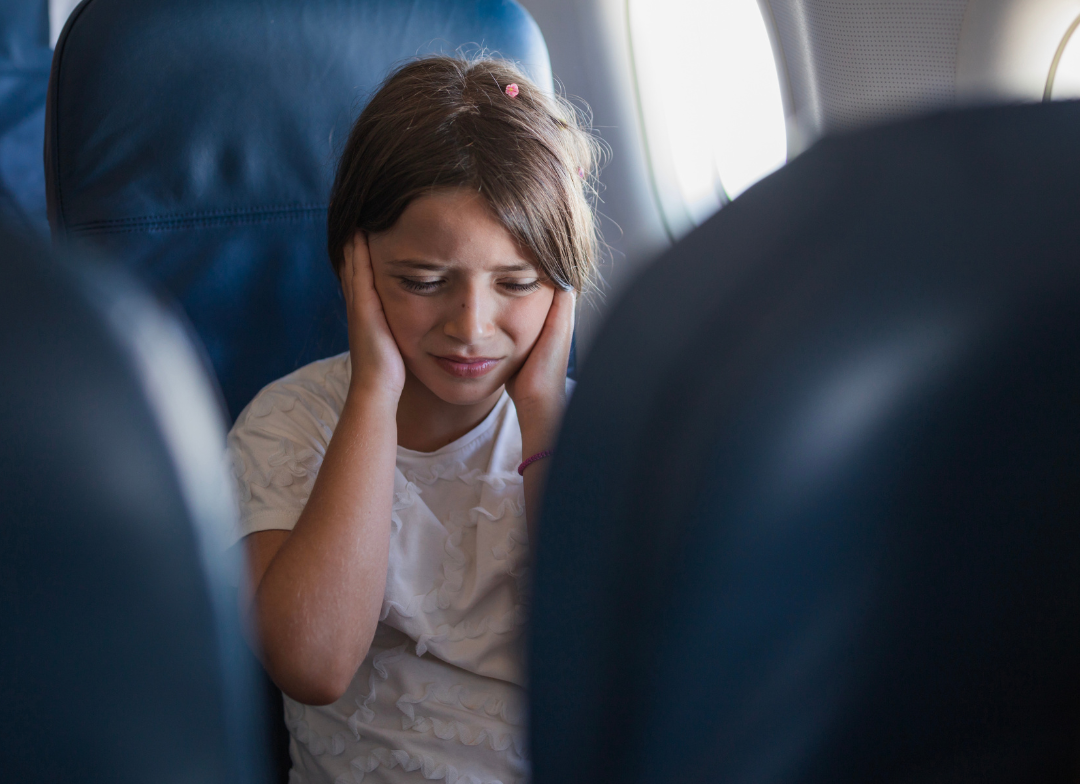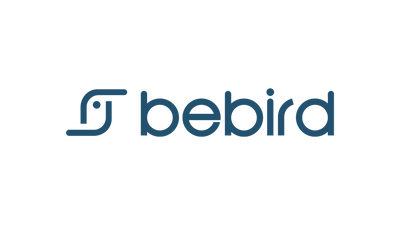How to Pop Your Ears When Flying

Travelling by air can be very thrilling, and to many travelers, it is usually accompanied by the annoying feeling of ear pressure. It is because you have to know how to pop your ears safely both during and after a flight to prevent pain, muffled hearing, and continued pain. This guide describes the cause of popping ears during flights, ways to relieve the pressure the best, ways to prevent, and how proper ear care tools can help maintain healthy ears in the long term.
Why Do Your Ears Pop When Flying?
The air pressure adjustments during the rising or descent of the plane will be associated with the feeling of popping in the ears. Eustachian tubes, which are tiny spaces between the middle ear and the back of the throat, aid in the equalization of air pressure. When they do not open properly, pressure accumulates, and they experience pain or temporary changes in hearing.This phenomenon is well-documented in medical literature about “airplane ear,” described as a preventable problem resulting from failure of the Eustachian tube to equilibrate middle-ear and ambient pressures [1].
The most significant causes are rapid changes in altitude, such as takeoff and landing. Although the majority feel only a little inconvenienced, individuals with colds, sinus infections, or allergies might have a stronger sense of it, so it is even more essential to know how to pop your ears in order not to cause any harm.

How to Pop Your Ears After a Flight
After the plane has landed, some people can still experience that stuffed-up ear or clogged ear feeling. Light maneuvers will even out pressure:
Yawning or swallowing: They are natural actions that drive the muscles to open the Eustachian tubes.
Valsalva maneuver: Close the mouth, pinch the nose, and push air into the middle ear by breathing through the nose softly.
Toynbee maneuver: Pinch your nose as you swallow to attain pressure balance.
Chewing gum or sucking on candy: Great for getting the ears to pop on their own.
Always use gentle methods. Imposing excessive force on the ears can cause injury.If you notice any unpleasant odor or buildup after travel, gentle cleaning methods can also help get rid of the cheese smell behind ears and keep them fresh.
Tips for Preventing Ear Discomfort During Flights
It is preferable to avoid ear discomfort by preventing it in the first place before the end of the flight. Some strategies include:
Use filtered earplugs: Special earplugs control changes in pressure gradually.
Stay awake during takeoff and landing: This helps active-swallowing or yawning so that the pressure can be even.
Clear nasal congestion beforehand: Apply saline sprays or doctor-prescribed decongestants as a preflight precaution against a cold.
Practice gentle equalization techniques: It is easier to be prepared beforehand.
These are tips that can assist in reducing the chances of experiencing painful ear pressure during flying, thus making flying enjoyable.
How to Care for Your Ears in Daily Life to Prevent Ear Pop
Pressure discomfort in the ear in healthier ears is less susceptible. In addition to knowing how to pop your ears during flights, there is daily ear care that can be practiced, which can help prevent long-term problems.
Avoid Being in a Noisy Environment for a Long Time
Prolonged exposure to noisy environments can lead to deafening and ear hypersensitivity. You should wear noise-cancelling headphones or earplugs to protect your ears.
Keep Your Ears Clean and Dry
The hygiene of the ear plays an important role in avoiding the obstruction that contributes to increasing the pressure-related problems throughout flights. Unsafe techniques, such as cotton swabs, should be replaced with scientific techniques, which are safe. The Bebird EarSight Pro HD Camera Ear Tweezers is an ear care device of professional quality intended to be used at home.
Many people wonder, “Do ear cameras really work?”According to reviews of emerging otoscopic devices, portable smart otoscope systems (ear cameras) are increasingly studied and show promise in assisting visual inspection and wax removal [2]. The answer is yes—modern ear cameras like Bebird provide clear, real-time visuals that let you remove wax safely and effectively.
The tool is an innovative device that supports a 10-megapixel HD camera and precision tweezers, which enable users to view the interior of the ear canal in real-time.It is a safe earwax removal tool that effectively cleans earwax while avoiding the risks associated with inserting other objects into the ear canal. Regular use helps keep the ear canal clear and unobstructed, reducing the likelihood of pain caused by changes in air pressure.
Stay Hydrated and Practice Gentle Equalization
Dehydration may cause dryness in the mucous membranes, which can result in the Eustachian tubes becoming less efficient. Water intake before and during flights prevents inadequate functioning. Your ears can also be trained to equalize more effectively by practicing gentle techniques of equalization daily.
Keep Your ENT Healthy
Ear, nose, and throat health is crucial for preventing frequent ear pressure problems. Routine checks can help detect underlying conditions early. The Bebird EarSight Plus Flexible Otoscope Light offers a practical way to monitor ear health at home.
The device has a bendable, flexible otoscope, which includes an HD camera, allowing it to maneuver through the natural folds of the ear canal. It is unlike rigid tools, which can cause the risk of pushing the wax deeper. It also comes with several tips and precision tweezers and is an all-in-one ENT care kit. You are able to eliminate the accumulation without constantly having to resort to the emergency "ear popping" during plane travel.

FAQ
Is it safe to pop your ears multiple times during a flight?
Yes, provided you apply mild methods, like swallowing or yawning. Do not push too hard, as this might hurt the ear.
Can children pop their ears the same way as adults?
Children can experience difficulties. An easy way is to ask them to chew gum, drink some water, or use a straw when taking off and landing.
How do ear-cleaning tools like Bebird help with ear pressure issues?
The Bebird EarSight Pro and EarSight Plus can help to keep the ear canal free of wax and debris, which confirms that the Eustachian tubes work correctly to minimize pain associated with changes in air pressure. These two ear cleaning tools are highly recommended.
Should I fly if I have an ear infection?
Before flying with an infection, it is better to visit a healthcare specialist since the change in pressure may increase the amount of pain and prolong the recovery duration.
Conclusion
The ability to know how to pop your ears is a very critical thing that everybody seeking to travel a lot should be knowledgeable about. Between safe equalization and yawning, swallowing, there are numerous practical ways to suppress the discomfort and relieve the pressure. Nonetheless, prevention begins by ensuring that one has healthy ears in day-to-day activities.
The Bebird EarSight Pro HD Camera Ear Tweezers and the Bebird EarSight Plus Flexible Otoscope Light are reliable and professional-grade tools for safe ear cleaning and monitoring. Through a combination of good ear care and intelligent flying habits, the travelers can have a comfortable and secure flight.
By combining good ear care, intelligent flying habits, and, when appropriate, visual tools like ear cameras supported by emerging medical studies[3], travelers can better maintain ear health and avoid issues like pressure pain or unpleasant odors.
References
[1] Bhattacharya S. “Airplane ear” — A neglected yet preventable problem. PMC, 2019.
[2] Endoscope ear pick: An emerging but neglected medical device. PMC, 2022.
[3] The safety and effectiveness of different methods of earwax removal. NCBI Bookshelf, 2020.


Leave a comment